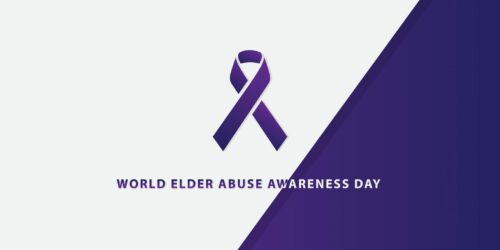On January 1, 2022, the second stage of O. Reg. 406/19: On-Site and Excess Soil Management came into force. The first stage of the regulation, which implemented rules for the reuse of soils and came into force on January 1, 2021, was the subject of an earlier blog found here.
The second stage of the regulation sets out the requirements for testing, tracking and registration of excess soils and who is responsible for these steps. Much of the responsibility falls on the “project leader”.
Under the regulation, the “project leader” is defined as “the person or persons who are ultimately responsible for making decisions relating to the planning and implementation of the project.” This definition is very broad, and not only attracts significant obligations under the regulation, but also the potential for liability where the requirements of the regulation are not met.
One of the noteworthy components of the regulation is the establishment of a requirement for the registration of notices and instruments related to soils.
It is the project leader who is responsible for ensuring that the required registration is filed in the Registry before excess soils are removed from the project area. The filing must include the information required in Schedule 1 to the regulation. There are certain exemptions to the registration requirement, set out in Schedule 2 to the regulation, including projects where the project leader entered into a contract with another person in respect of excess soils management prior to January 1, 2022. Where registration is required, the project leader is also responsible for updating the filing with information about the soil receiving site, be it a Class 1 soil management site, a Class 2 soil management site, a reuse site, a local waste transfer facility or a landfilling site where the soil impacts exceed the regulated standard.
Even before the filing of the registration, the project leader is responsible for ensuring that the necessary technical reports are prepared by a qualified person (as defined in O. Reg. 153/04 – Records of Site Condition). These reports include an assessment of past use, a sampling and analysis plan, a soil characterization report and a soil destination assessment report. These reports relate to the assessment of the condition of the soils in the project area and the assessment of a suitable receiving site in accordance with the soil rules. There are limited exceptions to these reporting requirements, however the exceptions do not apply if the project leader knows that the project area has been affected by a discharge of a contaminant.
In addition to these obligations, the project leader is also responsible for ensuring that an excess soil tracking system is implemented for the project. The regulation requires the detailed tracking of information about the soils being removed from the project area, including information relating to the amount, quality and location of soils excavated and stockpiled, and also requires detailed tracking of information relating to the hauling of soils, including the date and location where soils were loaded and details about where and when the soils were deposited. The regulation mandates that the hauler transporting the excess soils is required to have enumerated information available at all times during transport.
The project leader bears a large burden under the regulation. This represents a significant change, as such a role did not previously exist. Considerable thought will need to be given in the project planning stage as to who will take on that role, and whether it will be shared by more than one person.
This blog post was written by Cheryl Gerhardt McLuckie, a member of the Environmental Law team. Cheryl can be reached at 613-369-0365 or at cheryl.mcluckie@mannlawyers.com.








